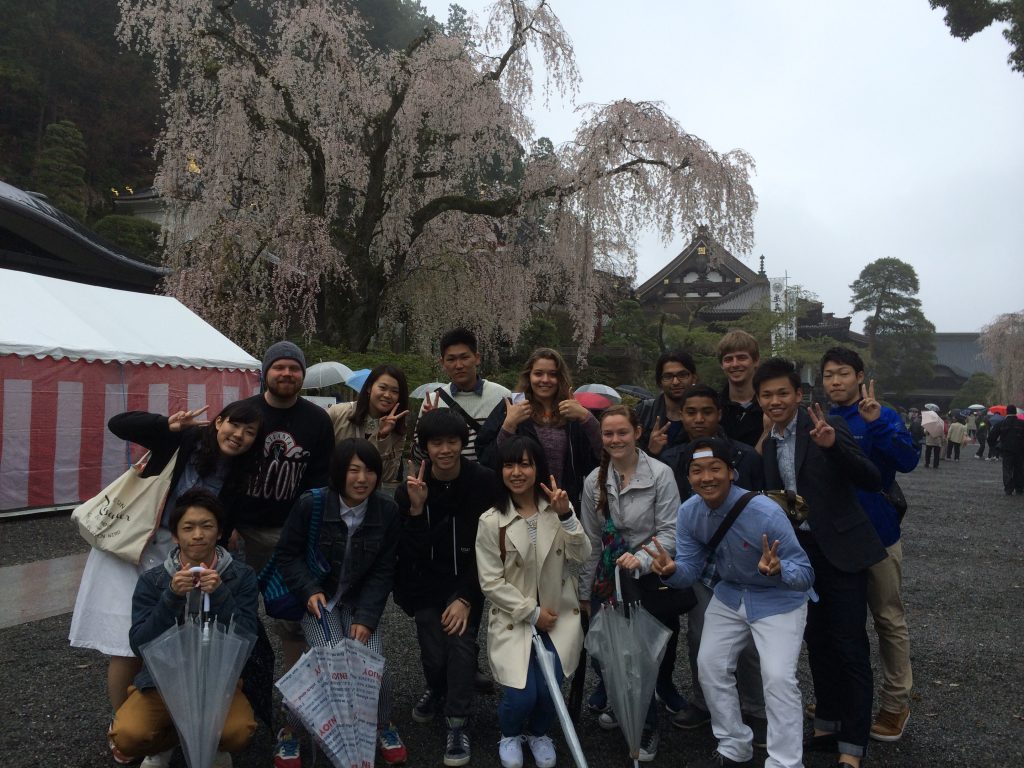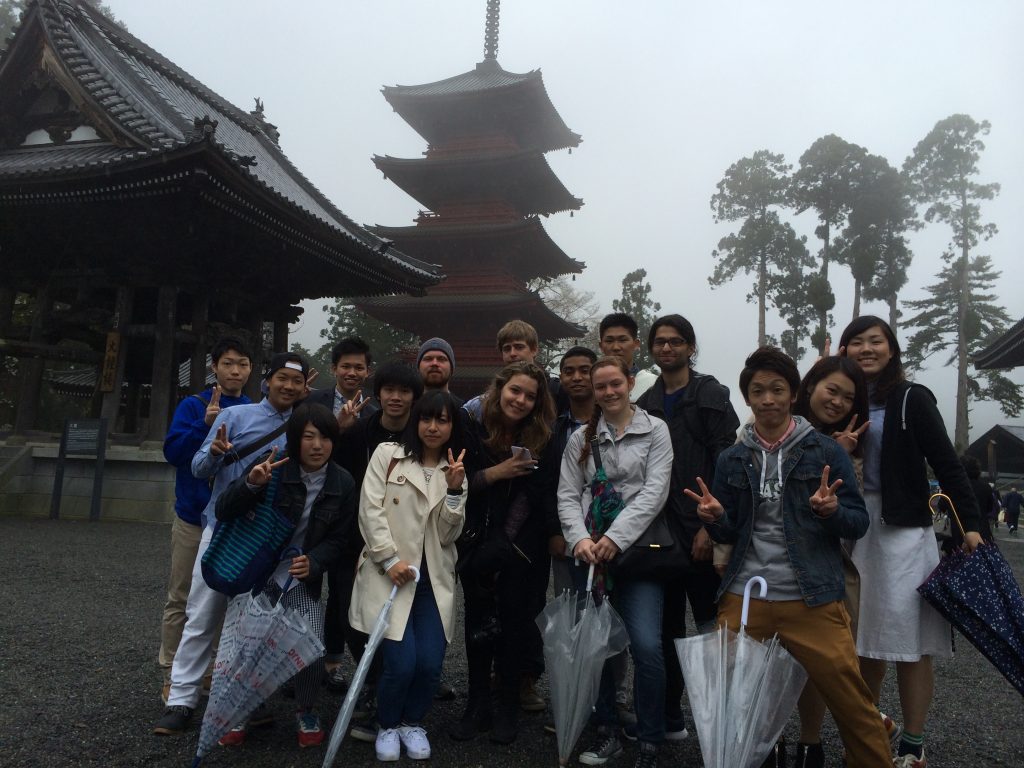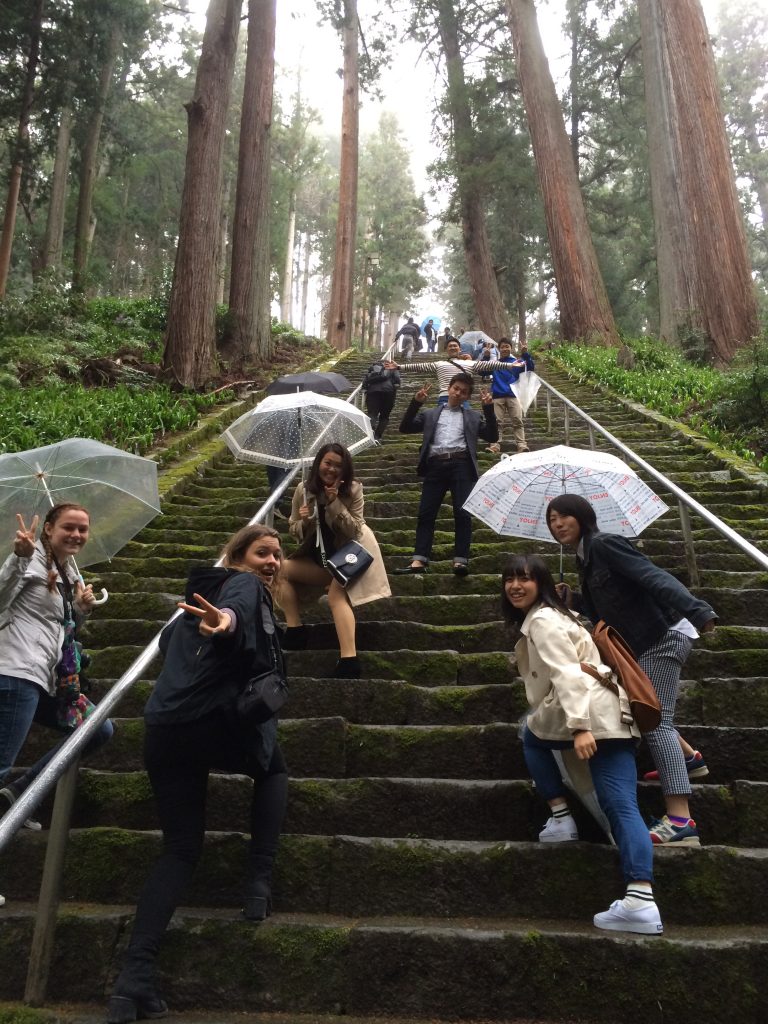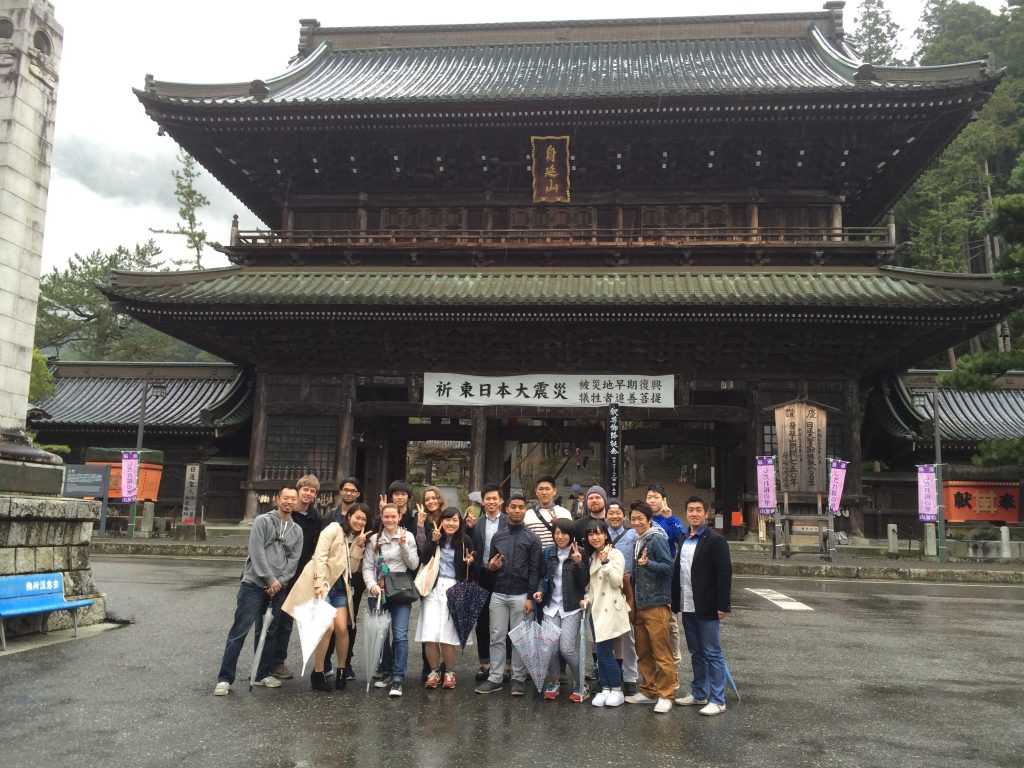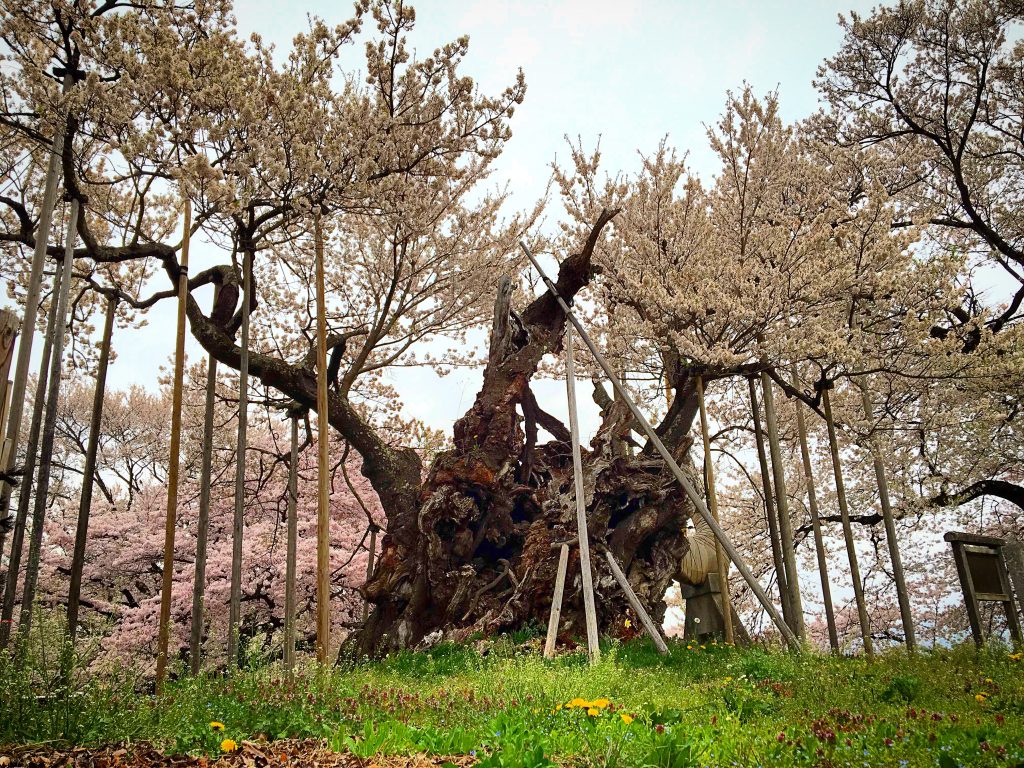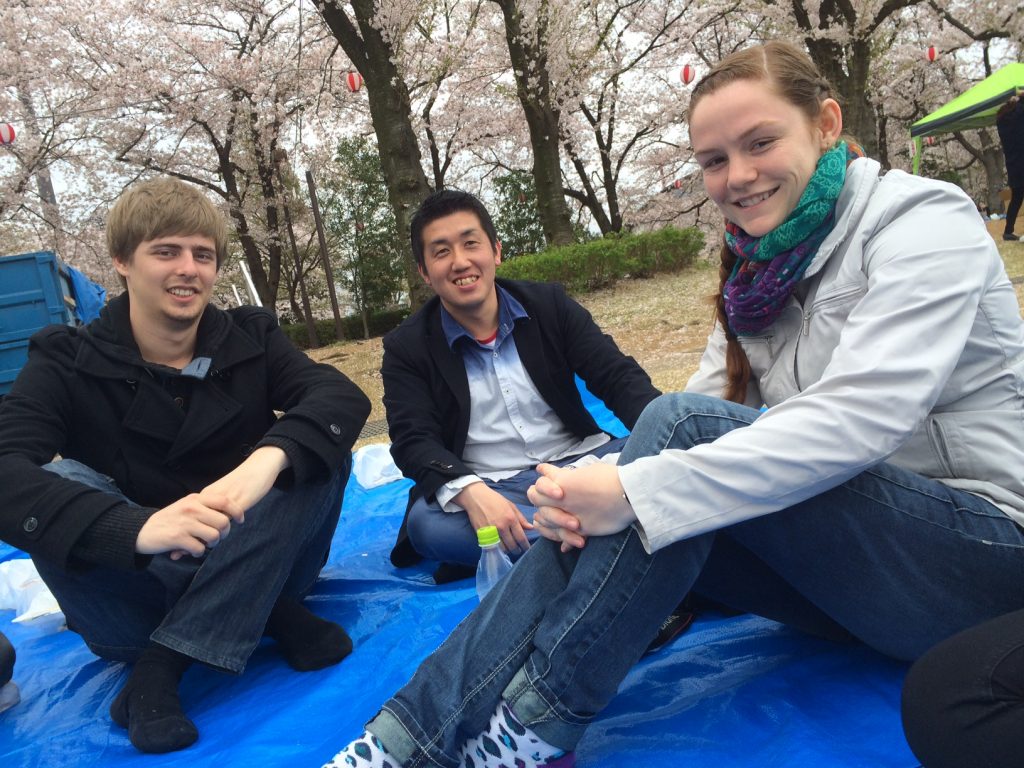About Japanese culture, martial arts, samurai, Japanese architecture, Japanese food, traditional crafts and modern culture – “Learn, See, Experience”
We plan the Educational Tour
① Experience (paper, soba and stamp production, helmet and armor construction, sushi-making)
② Field trips (gardens, castles, shrines, temples, swordsmith)
③ Field trips to Japanese companies
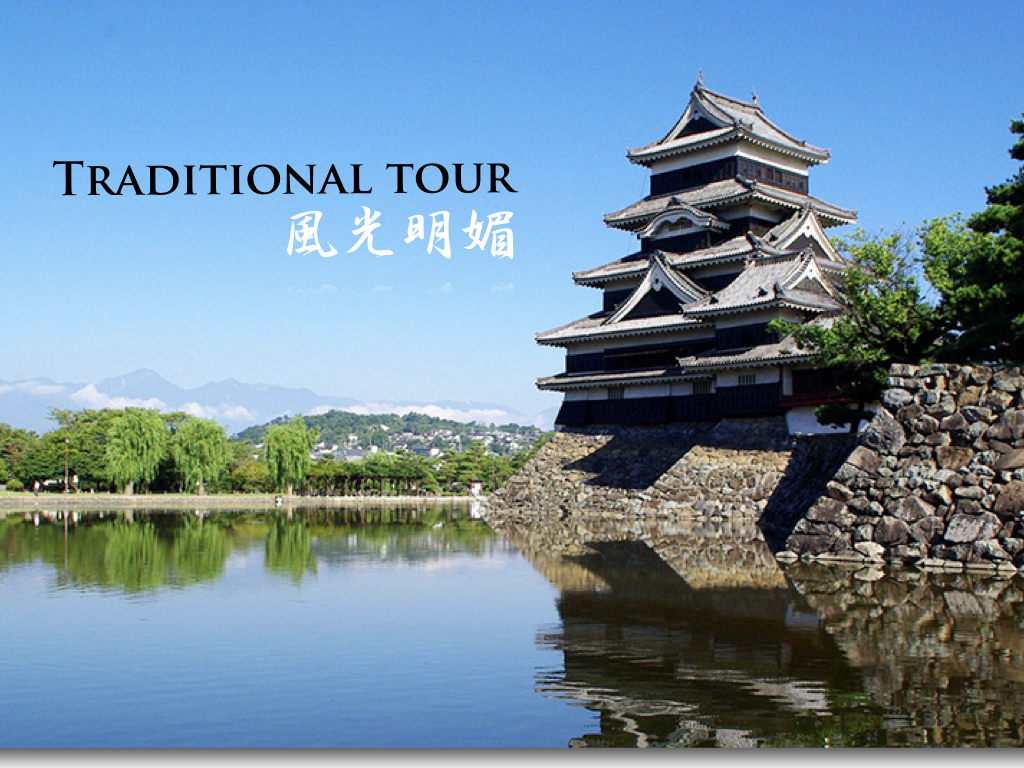
- Narai-Juku
In the Edo period, the main road Nakasendô connected Edo and the capital, Kyoto. One of the 69 sections of the Nakasendô was the Kiso section, containing 11 stations. The Nara-Juku was the second most northern of the 11 stations of the Kiso section and was divided into Uemachi, Chûmachi and Shitamachi. Even today it is a tourist spot in which the old Japanese spirit is present.
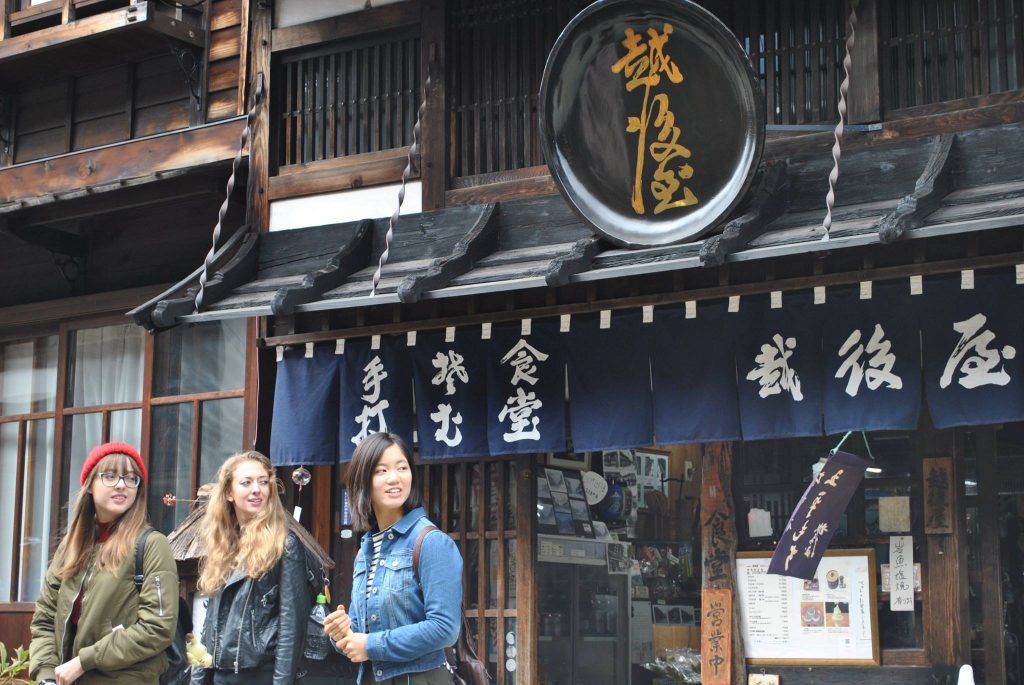
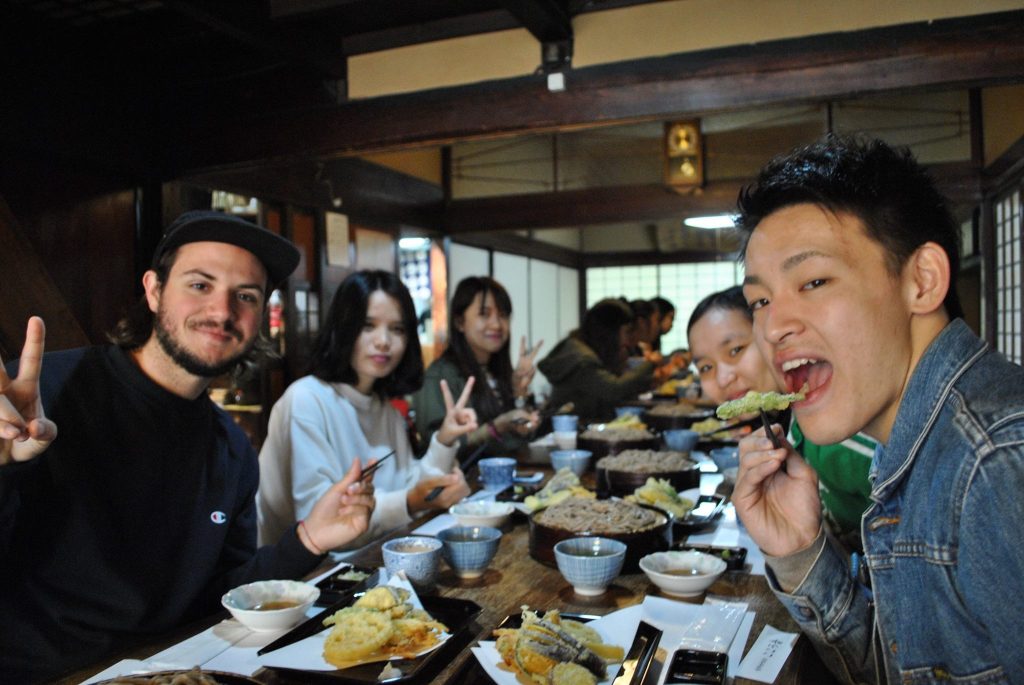
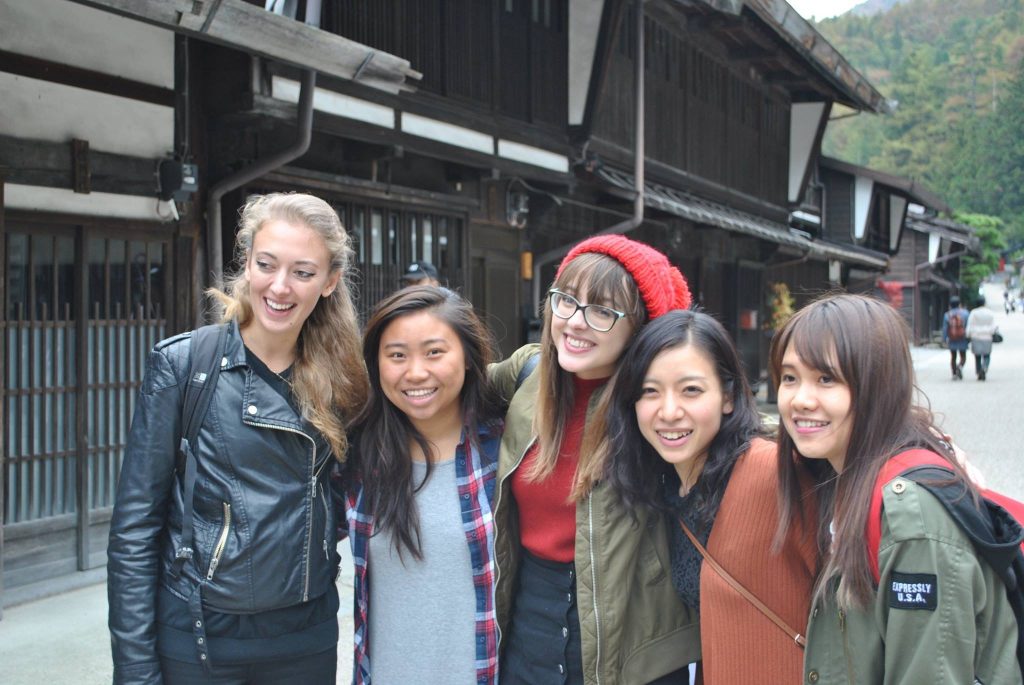
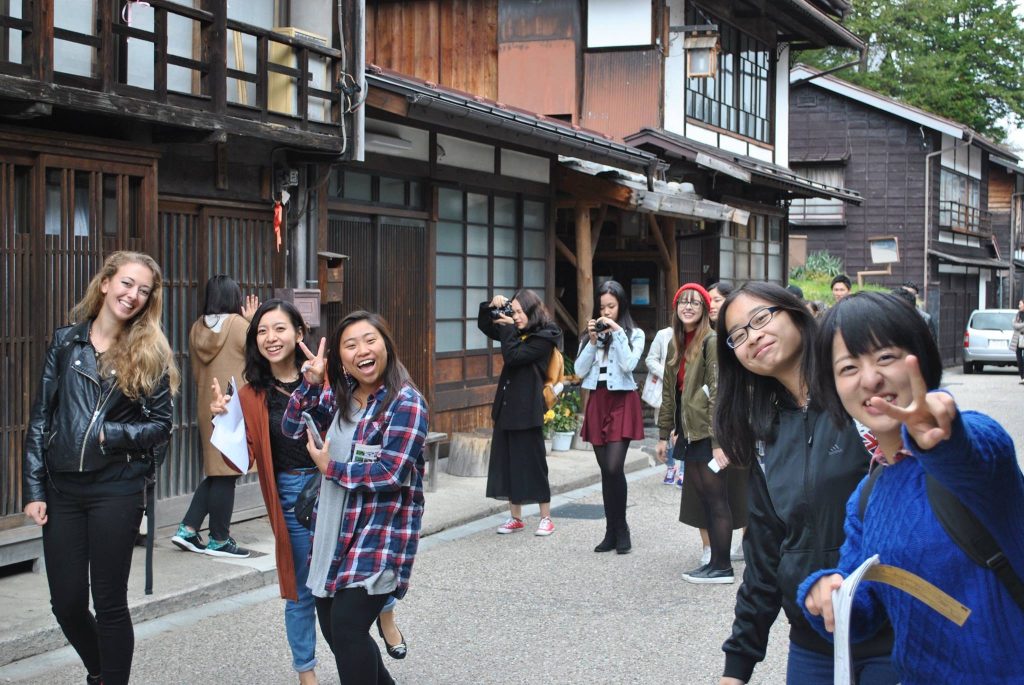
- About Japanese Architecture
Japanese Gardens
The autumn colors can be observed in many countries. When speaking about the autumn colors, the succession in nature comes to mind. In Japan, a culture of enjoying the leaves changing color in gardens is prevalent. Japanese gardens represent all four seasons. One can feel the refinement of the tightly locked up condensation of seasons and nature. The breathtaking beauty set free in these gardens lives by the Japanese aesthetic sense of simplicity (wabisabi) and makes Japanese’s hearts come to peace.
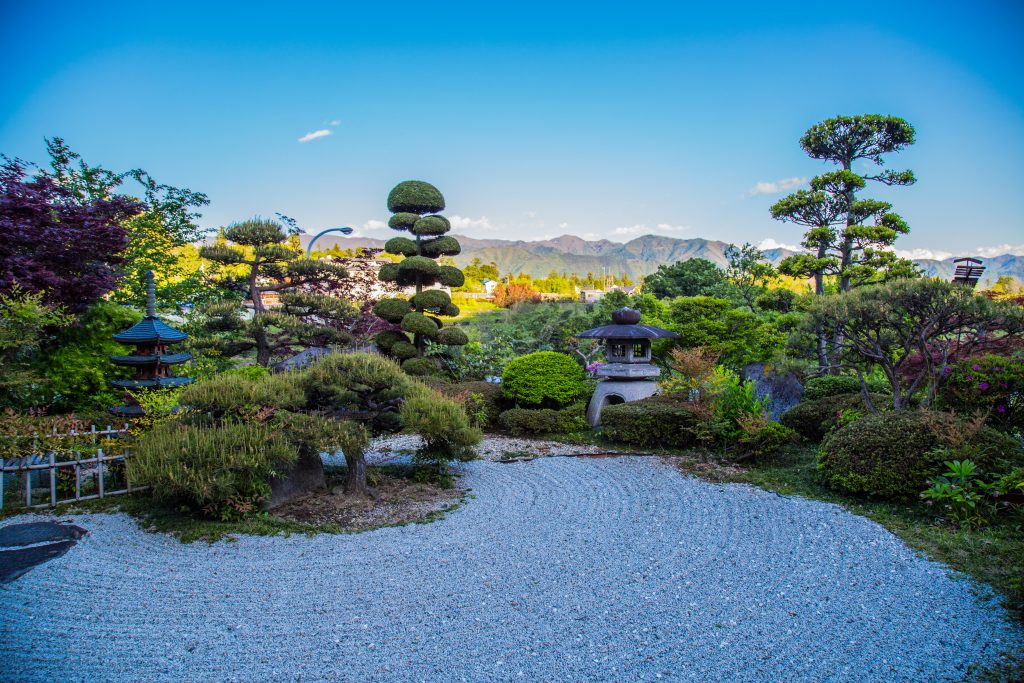
The West Lake Iyashi Village
Kayabuki houses are lining up besides the observation areas looking up at Mt. Fuji. It feels like getting lost in an old fairytale picture book. The 20 kabuyaki houses make Japanese understand native history, experience traditional crafts, and deeply enjoy their home country.
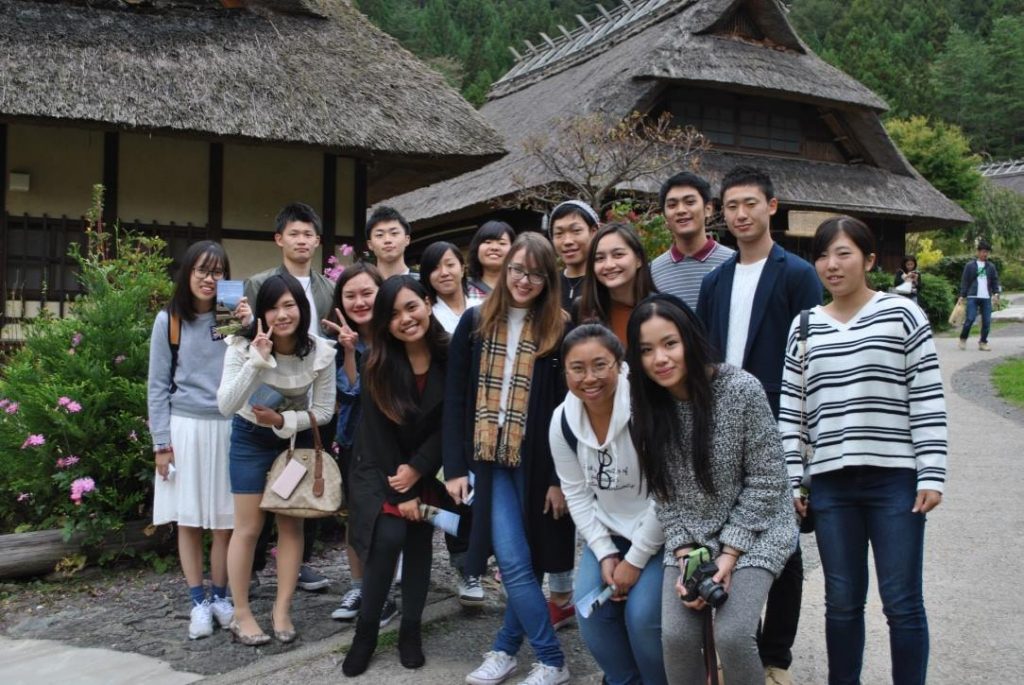
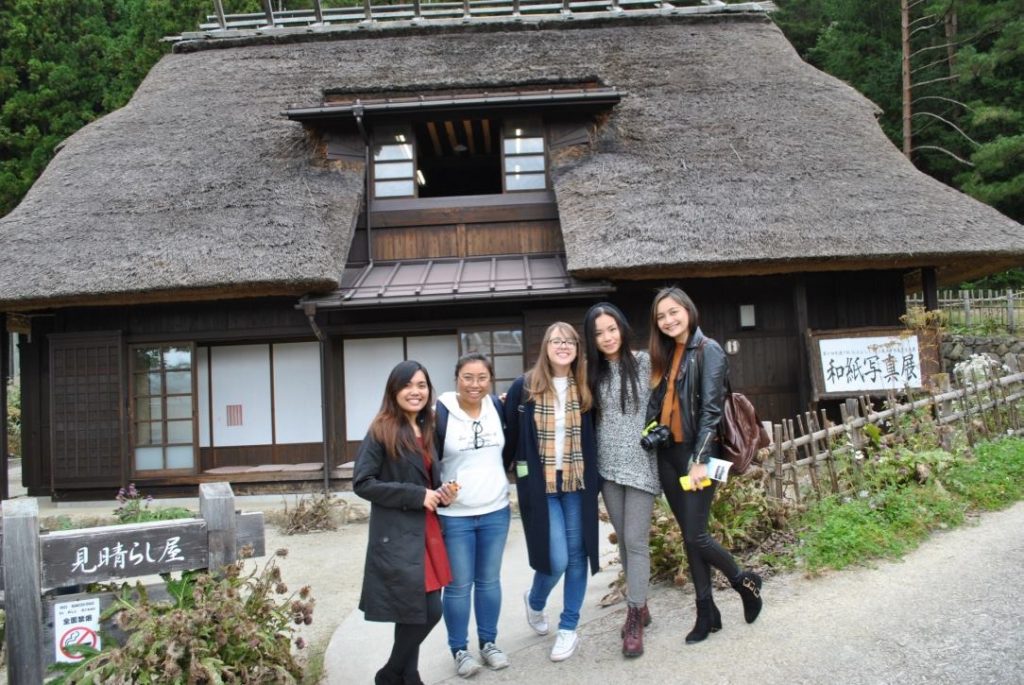
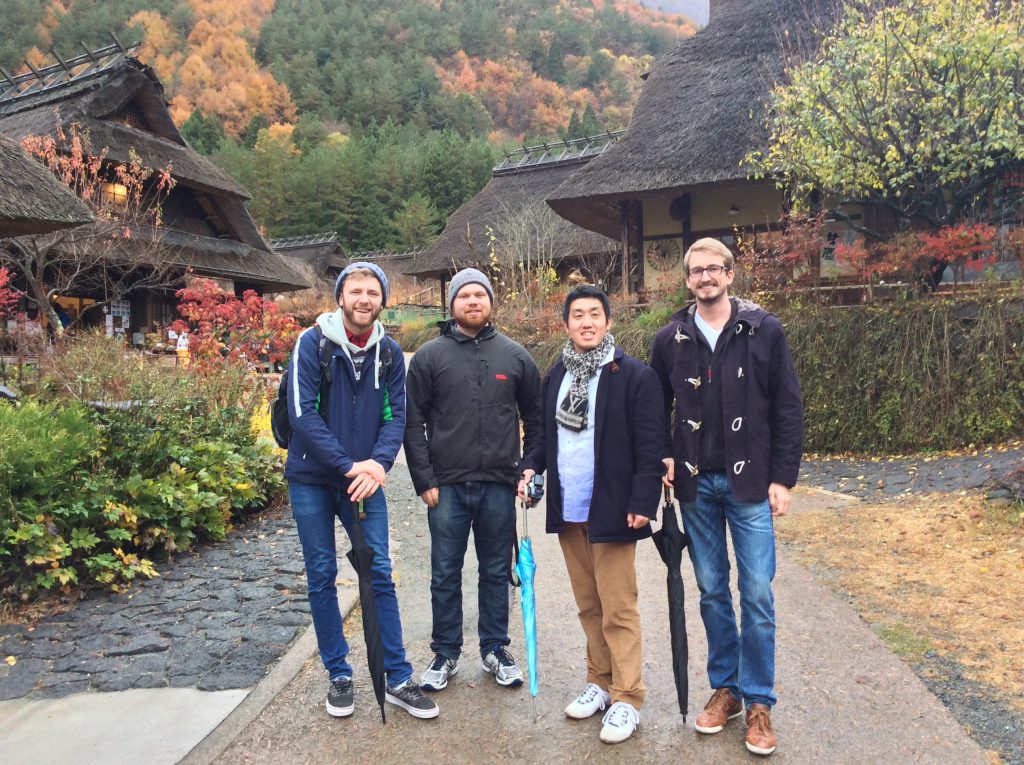
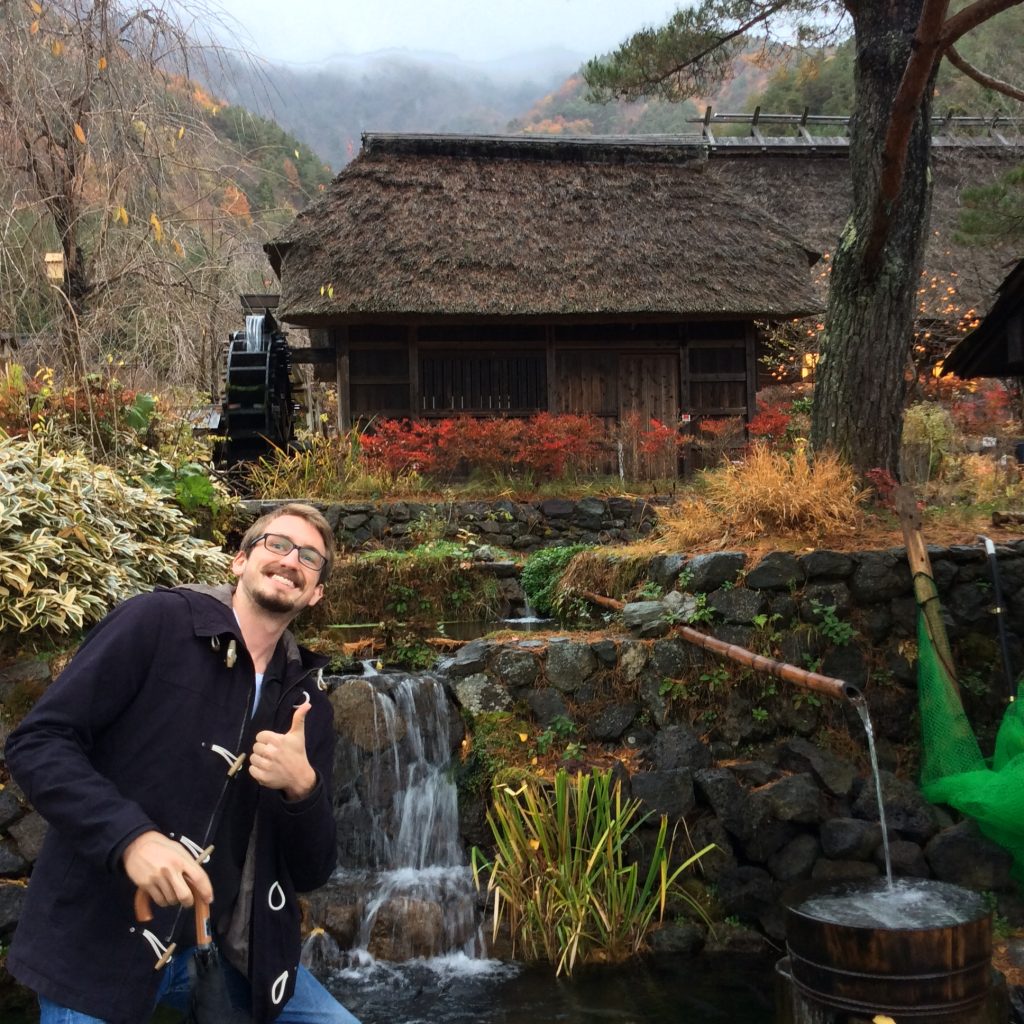
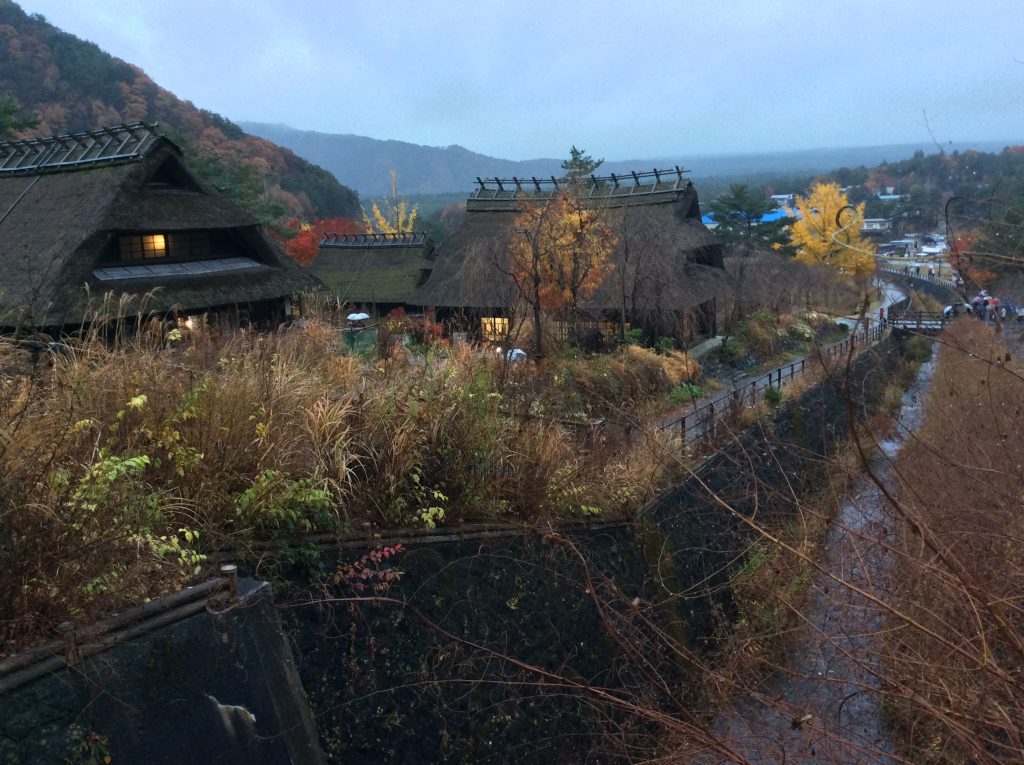
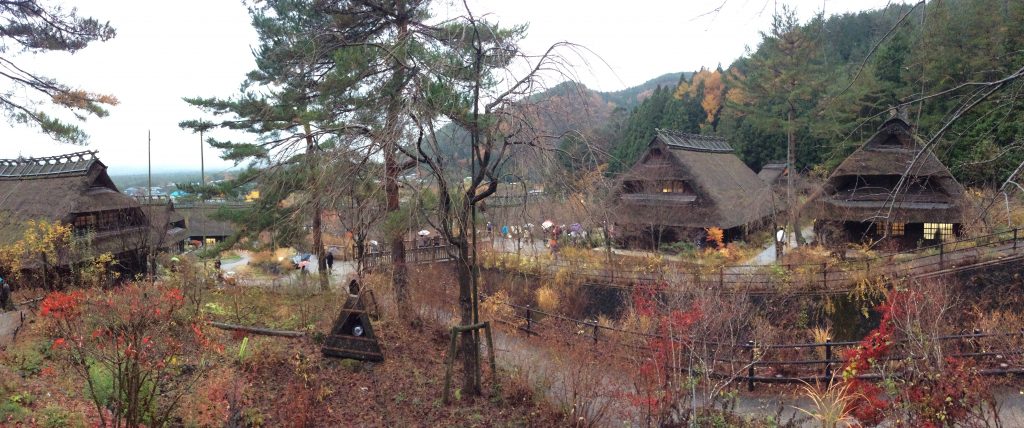
- About Buddhism
The real pleasure of a temple tour lies in visiting a shrine with a long history and feeling the breath of the history carved in in the building. To fully enjoy a temple tour, I recommend zazen, visiting hand-copied sutras, staying the night at the priest’s quarters and experiencing the culture of the so-called good old days.
Although Yamanashi has a long history, it is barely known and compared to Kyoto or Nara, many temples that are barely visited by tourists. At temples that built up such quiet history, visitors can enjoy the calm culture. By relaxing at the sacred temples, one is calmed down to the core.
31 monks live at the Kuon-ji temple, known as the capital of the Nichiren school of Buddhism. The history of some monks goes back more than 700 years. The monks let about 20 shrine visitors stay at the temple, show them the hand-copied sutras and let them try local yuba, a delicacy made from the skin of gently boiled soybean milk. I also recommend the Buddhist liturgy. Every spring, a 400 years old weeping cherry tree blossoms in the temple. People from all over Japan visit the temple to see this breathtakingly beautiful cherry tree at least once.
